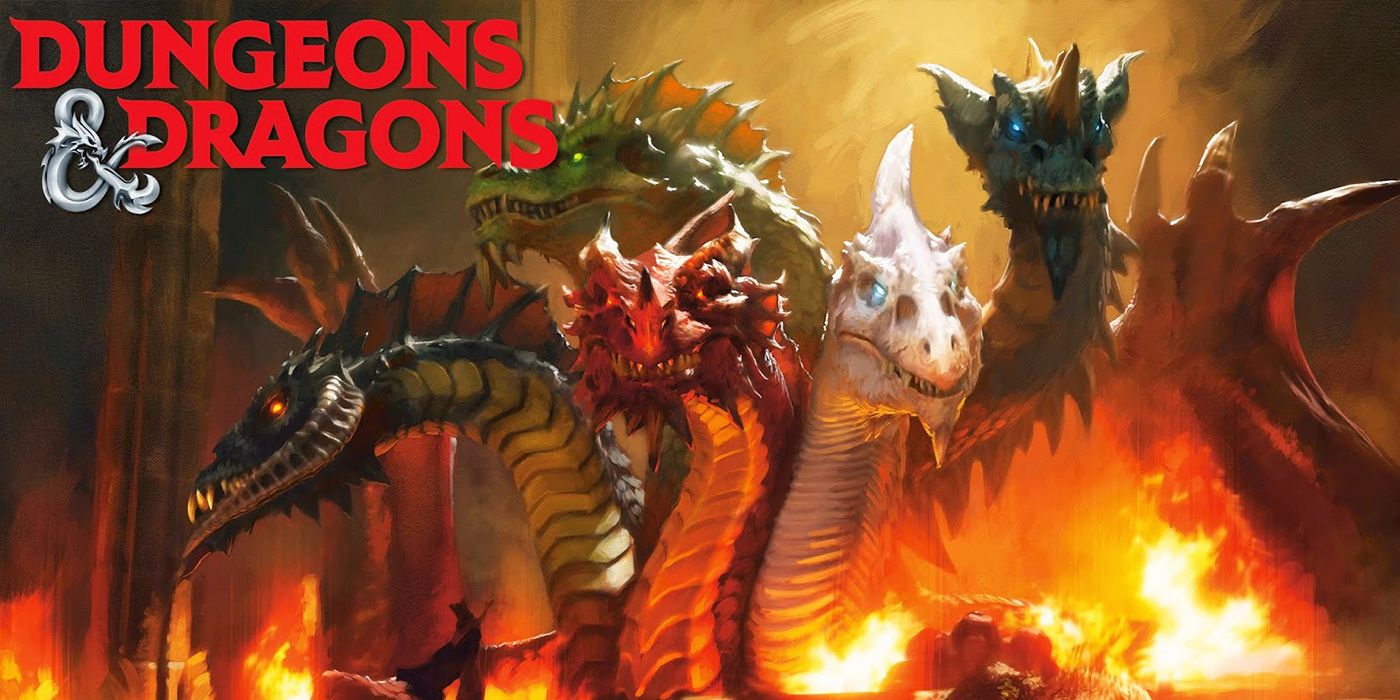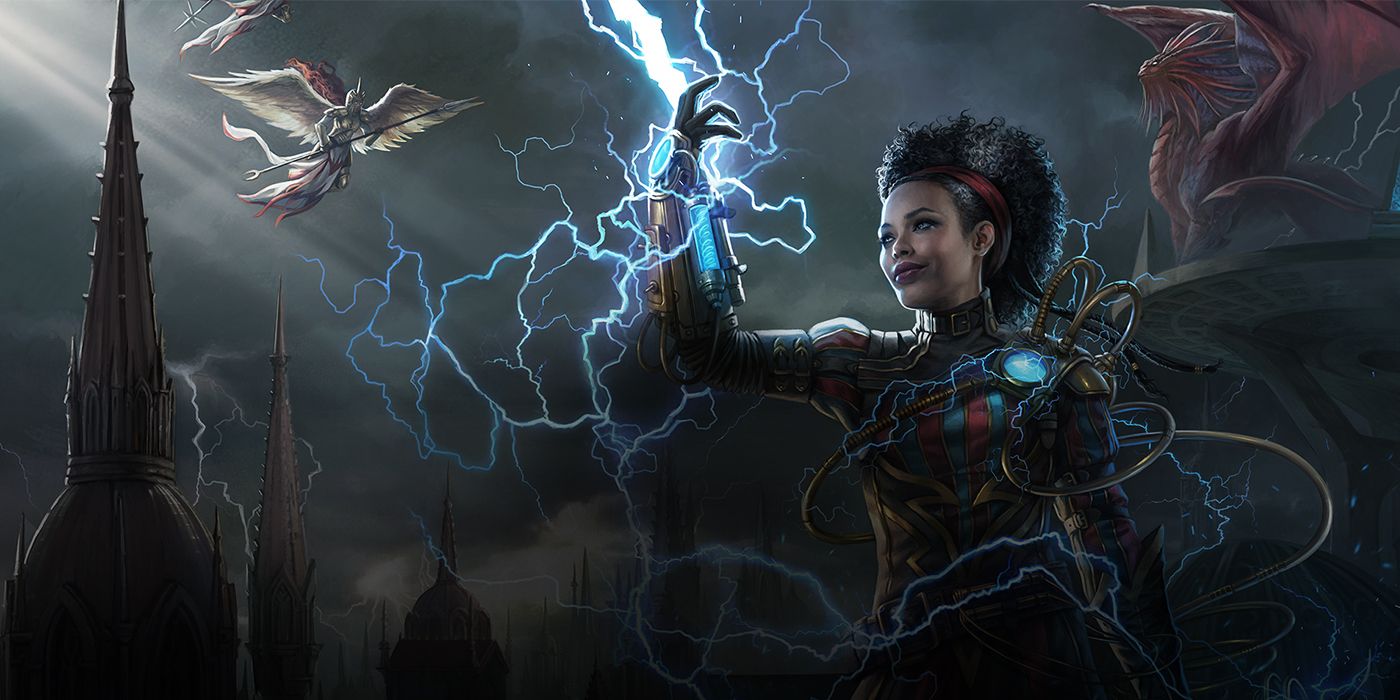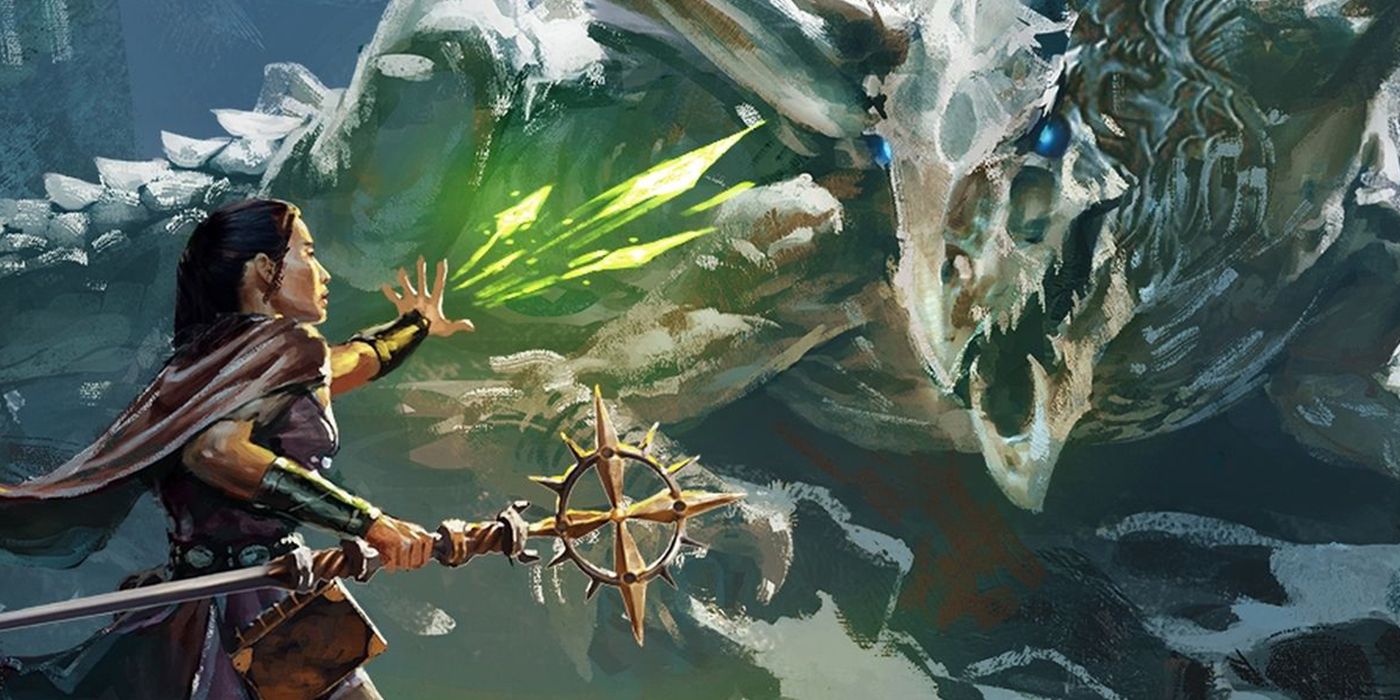When it released, the 5th edition of Dungeons & Dragons improved on a lot of elements and made gameplay feel more accessible to new D&D players. But at the same time, nothing can be perfect, and 5e still has a few rules that could use some sprucing up in order to make them more fun for DM and players alike.
House rules are a common thing for Dungeons & Dragons groups to make and implement, if only to give the gameplay more flavor or remove a minor annoyance. It's very doable, as long as the DM can maintain a balance. Essentially, DMs don't want to let players become overpowered or put them at too much of a disadvantage, and there's no reason not to do a little tailoring of the game.
Creating Consequences
Maybe there's already a round of titters and laughs when some poor player roles a natural one, but in previous versions of Dungeons & Dragons, that nat 1 had real consequences. A character with a nat 1 on their attack roll could accidentally hit and wound a party member instead, or break their weapon, or even just have something embarrassing happen (as told in vivid detail by the DM). On a natural 20, the character gets to score a critical hit...so on a natural 1, they could suffer a critical failure instead.
To do this, DMs could draw up a chart--much like a random encounters table--and use it to determine what happens the next time someone rolls a natural 1 in a battle against a fearsome beast from the Monster Manual. It'll put a little more weight behind rolling those 1s.
Auto-Success and Auto-Fail
The premise is simple: on any sort of skill or attack-related check and regardless of whatever DC is set for them, natural 20s count as an automatic success, and natural 1s are an automatic failure. This can become a little wildly improbable depending on what the player is trying to do, but it can also be hilarious to let the success (or failure) play out narratively.
Many people believe this is a standard rule because it's so popular; however, it isn't. According to standard rules, if a player rolls a nat 1 but beats the DC with their crazy high ability bonus, they can still succeed--and conversely, they can still fail with a 20. The house rule adds a dramatic flair to the highs and lows of D&D rolls.
Tweaking Initiative
If there's one point in Dungeons & Dragons where it can feel like scoring a natural 20 really doesn't matter much, it's on initiative rolls. Many DMs implement the above auto success and auto fail rule on natural 20s and 1s respectively, but that can't really apply in the initiative rolls. So when a natural 20 is rolled, the only perk is that the player might be first in the order, depending on what bonuses the rest of the group has.
To give those 20s and 1s a little more pizzazz, DMs could enforce a rule that gives advantage on the first attack to the player who rolls a natural 20 for their initiative, and disadvantage to the player who rolls a natural 1. It's a tweak that doesn't give players too much power but allows them to be just as excited when scoring a 20 on initiative as they would be on any other roll.
Consumables in Combat
Dungeons & Dragons 5th edition actually contradicts its policies about using potions in a fight. The standard rule is that it takes an action for any character to take a potion on their turn, but later on in the Player's Handbook, it allows a character to drink an entire flagon of ale as a bonus action. So, some DMs decided to change the rule on consumables.
Instead, taking a potion in combat counts as a bonus action, as does handing a potion off to another character. Manually feeding a potion to another character, on the other hand, costs a full action. Making this change gets the consumable rules on a consistent track throughout the game.
Unconsciousness, Death, and Resurrection
The standard rules for this work just fine, but there are changes that can be made for the group that wants unconsciousness, death, and resurrection all to have more weight in the D&D campaign. For one thing, the DM could implement hidden death saving throws--when a player rolls their saves for an unconscious character, they only share what they rolled with the DM. This way, players don't have the ease of knowing how close a character really is to death; they could be totally stabilized in three rounds, or dead before anyone realizes, giving natural suspense to the combat.
Then, when it comes to resurrecting a fallen character, famous dungeon master Matthew Mercer's rules are widely used in other games as campaign tools. Standard rules basically allow for anyone's resurrection to automatically succeed, as long as the cast has all necessary components. But Matt Mercer wants dying in a campaign to mean something, so every resurrection ritual has some extra components to it.
First, up to 3 players can make skill checks in an attempt to contribute to the process (by praying, speaking to the deceased, or otherwise role-playing something significant as a way to coax their spirit back). Then, the DC for resurrecting increases after each death--so at first it's 10, and then 11 after the first death, and so on. Just be careful of this at low levels, because too high a DC can be punishing on weaker characters.
It just goes to show that DMs don't need to be married to every rule written in the book--Wizards of the Coast isn't going to kick down the door and attack a group that tweaks a rule or two to suit their play style. At the end of the day, it's a game. The goal is to have fun, so don't be afraid to experiment and find what works best for everyone.



